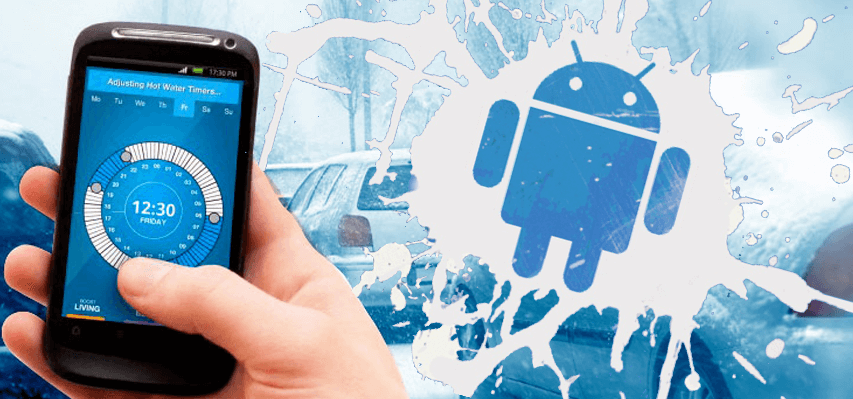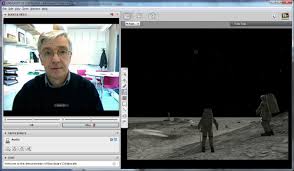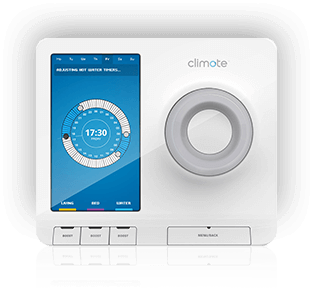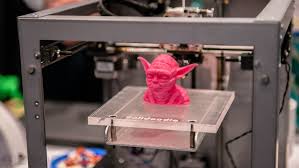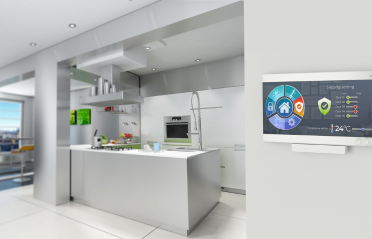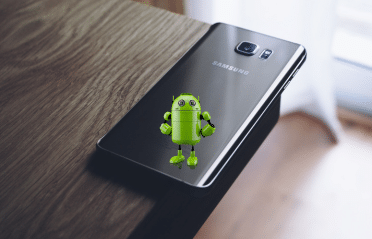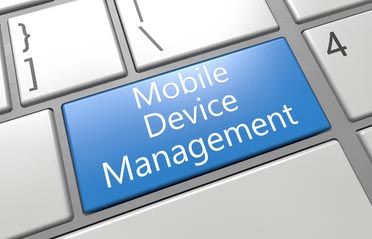A disruptive innovation improves a product in ways the market does not expect. For consumers, the disruption is welcomed by early adopters and quickly becomes the norm. Think of Cirque du Soleil as a disruptive innovation to the Ringly Bros. Circus. While change at Ringly Bros. meant deciding between one more elephant or two more elephants, Cirque du Soleil revolutionized the entire concept of a circus; using people instead of animals to create a highly visual performance. Similarly, Netflix was a disruptive innovation to the movie rental industry. By the time companies like Blockbuster reacted, it was too late. Now, as the possibilities for the Android operating system expand, businesses are being forced to adapt or die. Here are some ways Android technology is poised to cause some disruption to complacent markets.

 Product Engineering Services Customized software development services for diverse domains
Product Engineering Services Customized software development services for diverse domains
 Sustenance Engineering Going beyond maintenance to prolong life of mature products
Sustenance Engineering Going beyond maintenance to prolong life of mature products
 Managed Services Achieve scalability, operational efficiency and business continuity
Managed Services Achieve scalability, operational efficiency and business continuity
 Technology Consulting & Architecture Leverage the extensive knowledge of our Domain Experts
Technology Consulting & Architecture Leverage the extensive knowledge of our Domain Experts























